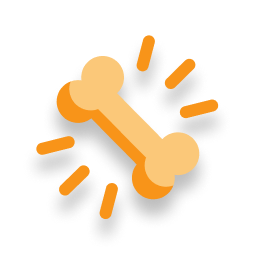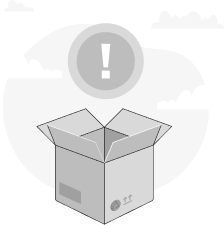Booking inyewat
Cart
BMD
Bone Mineral Density (BMD) testing is a diagnostic procedure that measures the amount of mineral content in bones, primarily calcium and phosphorus. This non-invasive test assesses bone strength and helps identify conditions like osteoporosis or osteopenia, which can lead to fractures and weakened bones. BMD tests employ X-rays or other technologies to measure bone density, providing valuable information for evaluating bone health. Results are often compared to age and gender-specific norms, aiding healthcare professionals in determining fracture risk and guiding interventions to maintain or improve bone density.
No Results Found!
We couldn't find any tests for the selected location. Please change your location and try again!
What is a Bone Mineral Density (BMD) Test?
A bone mineral density (BMD) test is a non-invasive radiology test that measures the strength and density of bones. It helps evaluate the risk of fractures and diagnose conditions like osteoporosis. The test provides information about the mineral content of your bones, particularly calcium and a few other minerals that contribute to bone strength.
Who needs a Bone Mineral Density Test?
Doctors might recommend a BMD scan to individuals who they think are at risk of developing osteoporosis or other bone-related conditions. The following conditions and factors may need a BMD test: - Women over the age of 65 and men over the age of 70, as age increases the risk of osteoporosis. - Postmenopausal women - To check how well osteoporosis medications are working - Men over the age of 50 with risk factors, like a family history of osteoporosis, low body weight, smoking, and excessive alcohol consumption. - Individuals who have experienced a fracture from minimal trauma or have a history of fractures. - Those...
What is the BMD test procedure?
A BMD test measures the density of bones, typically focusing on the hip, spine, and wrist. The most common method used is dual-energy X-ray absorptiometry (DXA), which is quick, painless, and involves minimal radiation exposure. During a BMD Dexa scan, You will be asked to lie down on a special table. The big camera-like machine then takes pictures of your bones. The machine's arm moves over your body without touching you. The machine sends waves toward your bones, like special light or sound waves. When the waves touch your bones, they bounce back to the machine. The machine takes pictures based on these bounced-back waves. These pictures...
Types of BMD:
There are two types of BMD DEXA scans: Central DEXA: For this scan, you will be asked to lie on a table while the scanner passes over your lower spine and hip. This type of scan is the best for predicting fracture risk, especially for the hip. Peripheral DEXA (p-DEXA): Like DXA, pDXA measures bone density in peripheral sites like the forearm, finger, or heel. It is a simpler and more portable version of DXA. You can find these machines in hospitals, and clinics.
Preparation for a Bone Mineral Density Test:
-There is usually no special preparation required for a BMD test. - You may be asked to avoid wearing metal objects, as they can interfere with the scan. - Inform your doctor if you have recently taken any other imaging tests involving contrast material or if you are pregnant, as certain precautions may be necessary.
Benefits of a Bone Mineral Density Test:
-Early detection of low bone density and osteoporosis, allowing for timely intervention and treatment. - Assessment of fracture risk, which can guide preventive measures and lifestyle modifications. - Monitoring the ongoing osteoporosis treatment and how your body is reacting to the medication. - Helps understand lifestyle changes to prevent fractures.
What to expect during and after a Bone Mineral Density Test:
During the test, you will lie on a table while a machine passes over your body. The process is painless and generally takes 10-30 minutes, depending on the area that is being scanned. - After the test, you can resume your regular activities immediately. Risks associated with a Bone Mineral Density Test: - The amount of radiation exposure during a DXA scan is very low, so there are minimal risks associated with the scan. The benefits of the test usually outweigh the risks.
Please share your location to ensure a hassle-free
experience

